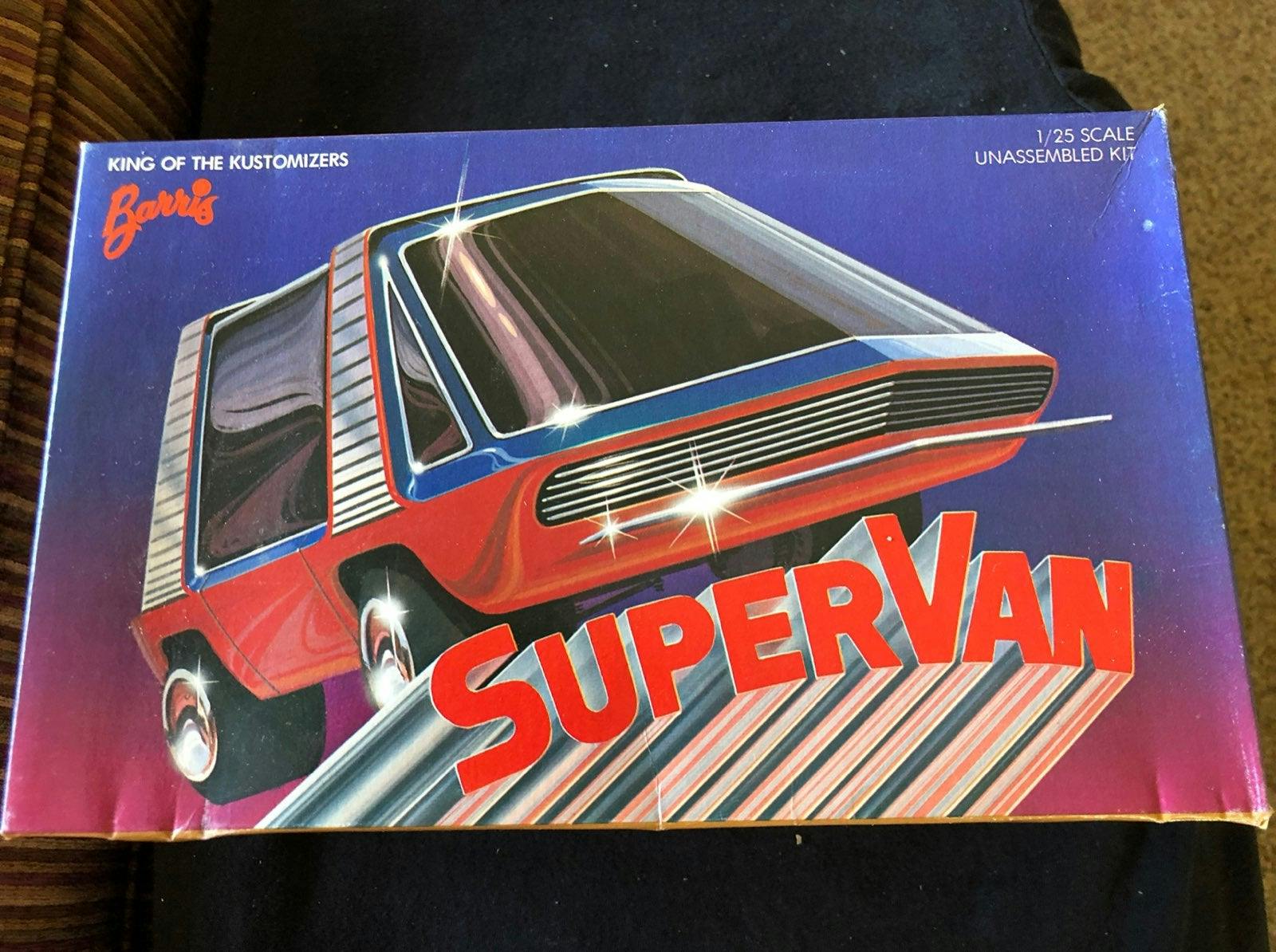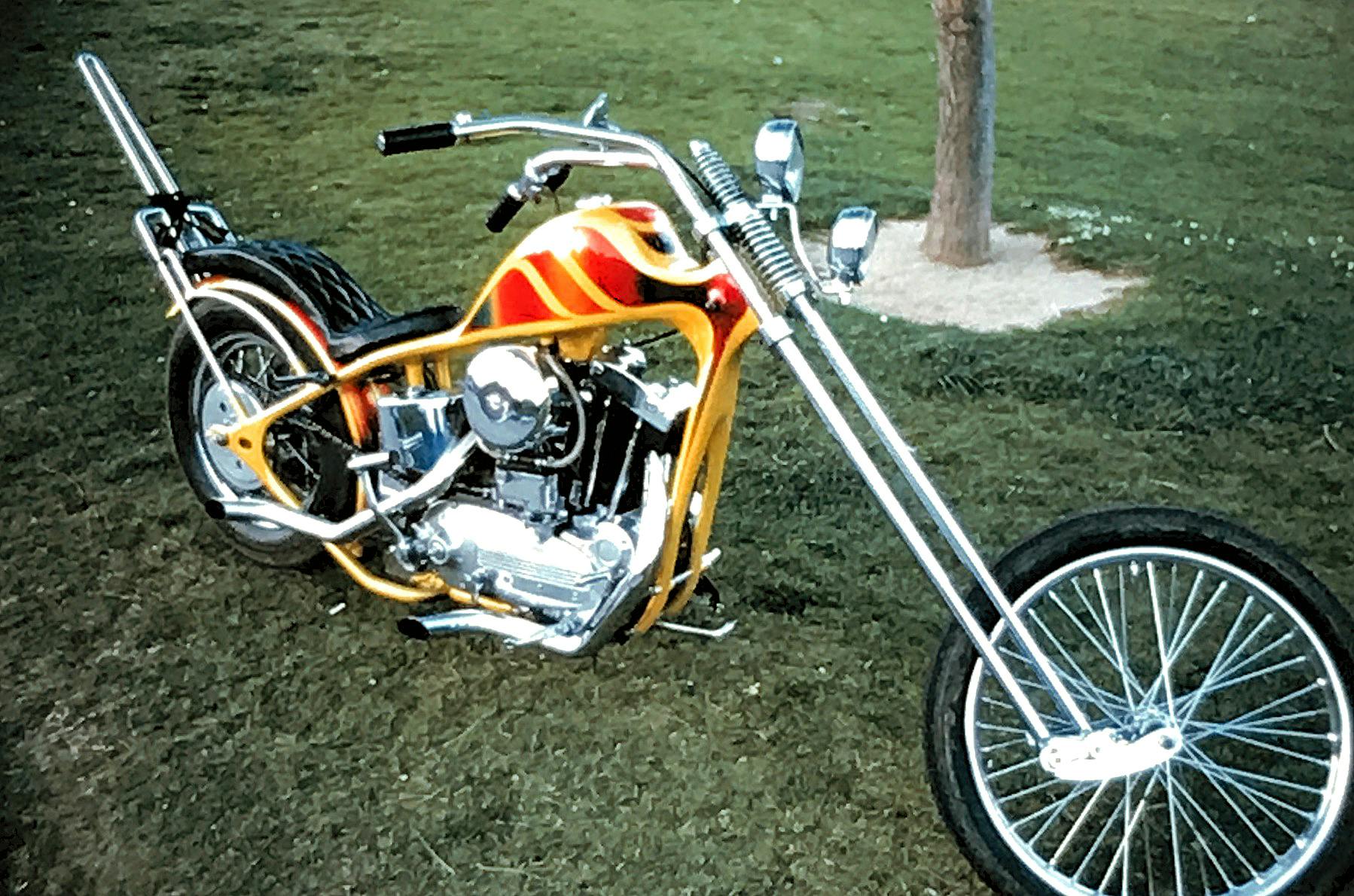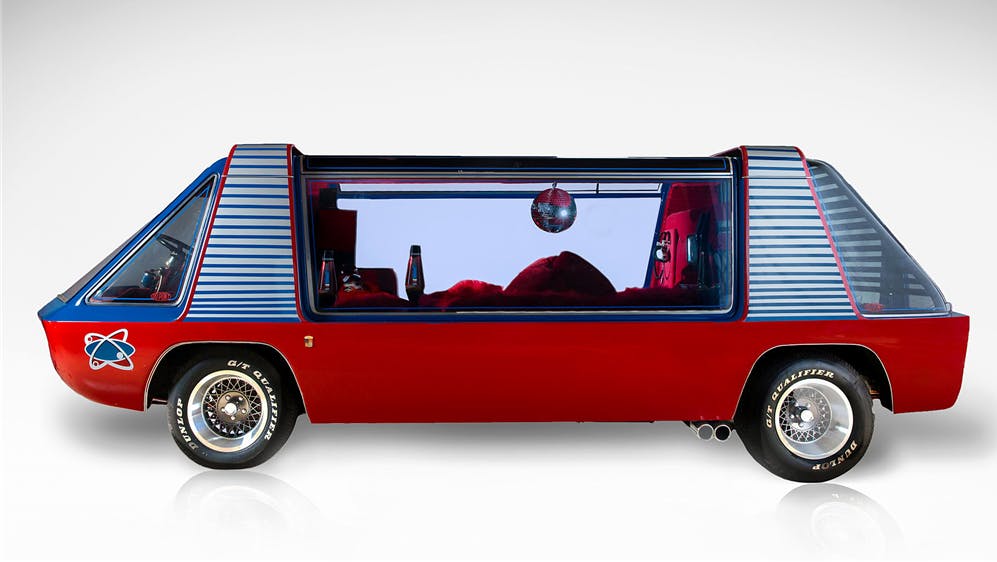Media | Articles
Before he murdered a Playmate, he arranged a contest: The true story of an outrageous photoshoot at the end of the ’70s
The Playmate of the Year for 1980 didn’t live to see 1981, and I knew the man responsible.
The death of Dorothy Stratten at the hands of her husband, Paul Snider, was the cap to a uniquely ’70s, and uniquely Hollywood, story. It would end up being depicted in Death of a Centerfold; The Dorothy Stratten Story, starring Jamie Lee Curtis as Stratten and Bruce Weitz as Snider; and in Bob Fosse’s feature film Star 80, starring Mariel Hemingway and Eric Roberts. Almost two decades afterwards, the E! Channel decided to run a feature on the tragedy yet again. They contacted me for an interview, since I’d known Snider prior to his death.
How did I know him? The way most people meet, of course: By using a George Barris van to promote a Farrah Fawcett look-alike contest. My adventurous tale begins in the mid-’70s, when you could buy a brand-new BMW 320i for $7990 and fill her up with gas for 69 cents a gallon. I drove a red-and-white VW Bus with a crank sunroof and a “peace” knob gear-shift which I have on my ’71 Karmann Ghia now, as part of my photo arsenal as a studio and location photographer in the Hollywood area. I had proudly graduated the Art Center College of Design with a major in photography a number of years prior and was working with Charles Lange of Media Technique, a major production company in Hollywood that produced multimedia slide presentations (35-mm film), the L.A. Primetime Arts Award Show, TV commercials, and large scale motor car/cycle and truck events at the Los Angeles Convention Center and the Long Beach Arena.
Snider was a young “get-rich-quick” promoter from Vancouver. He’d been staging automobile shows in his Canadian hometown before hitting the L.A. scene in 1978 with two of his automotive extravaganza ideas: The C.A. Truckin’ & Cycle Show at the L.A. Convention Center and the Motorcycle U.S.A. Show at the Long Beach Arena. Snider also claimed to have invented the Wet-T-Shirt Contest during his time in Vancouver. Naturally, that particular event found its way to the states at various car events and gatherings around the country.

I was introduced to Snider and brought on board to handle all promotion photography involving Snider’s show endeavors, including creating and photographing the C.A. Truckin’ & Cycle Show poster. During this time Snider started hanging around George Barris, one of the city’s preeminent car customizers, who was best known for his Hollywood TV and movie cars like the Batmobile, Munster Coach, and the Green Hornet. His most “tasteful” creation was his ’51 Hirohata Merc that he built with his brother Sam. Evel Knievel was involved with the show, as well. Around this time, Snider organized a Farah Fawcett look-alike contest that I photographed in my studio and ran as a billboard poster in Hollywood. This was not a terribly original idea, as such contests had been happening around the country for a few years, but the idea of doing a billboard after the fact to promote another event certainly was.
Marketplace
Buy and sell classics with confidence

The idea for the poster was to create an “eye catching” visual that would attract the hard-core cycle “geeks” and the “macho” motorhead truck customizers. Also, you gotta realize the ’70s was a time of “pot heads,” hippies, CB radios, bad music, stagflation, super custom vans, water beds, open sex, painted unicorns, bell-bottoms, Corvettes, the Vietnam War, and shag carpets. I decided to have a couple of hot models pose in the middle of the desert at the dry lake beds at Edwards Air Force Base in California, with the most famous motorcycle of its time, the “Magic Pan,” alongside a George Barris creation originally called the “Love Machine” but then renamed to “Super Van.”

Syd DeSoto’s “Magic Pan” was trucked out to the desert to make its grand showing. It was a real showstopper and was said to be a “mystical combination of a 24 karat gold-plated, hand-engraved, acid-etched turbocharged 74-inch Harley-Davidson” with such “orbiting” accouterments as hand-engraved mag wheels, digital readout gauges, and front and rear disc brakes. DeSoto designed, engineered, and built the bike while Ken Puccio fashioned the turbo manifold and did the machine work. It wasn’t exactly a “crotch rocket,” featuring remote clutch and throttle controls, a Gilmer tooth-drive belt, plus a gold-plated mag and generator. Later, Hot Rod Magazine was so intrigued with the chopper it ran a double-page spread in the 1977 issue.

With the “Magic Pan” in the foreground of the cracked dry lake bed, the three “hot chicks” clad in the “teeny bikinis” posed behind the chopper as we rolled the 1966 George Barris Super Van into position.
“The ultimate in rolling comfort,” as Barris once put it, was built in the late ’60s from a 1966 Dodge A-108 Sportsman. The change of name from “Love Machine” to “Super Van” came courtesy of its role as the lead vehicle in the 1977 “vansploitation flick” Super Van. It was the ultimate in futuristic motoring, with the roof covered in operable solar panels, powered by a 318-cu-in V-8 mated to a three-speed manual transmission. The undercarriage was fitted with Bilstein shocks. The van was a symmetrical custom body featuring a pair of giant arches with built-in rollbars and K.C. quartz lights for wide road lighting. Barris outfitted the interior with luxury pleasures such as a rotating circular bed, a 6-foot U-shaped boudoir sofa, a Panasonic color TV, a French-style telephone, a tape recorder, crystal chandelier, pearlescent burnt orange paint (40 coats of lacquer), a Craig stereo with quad speakers, a computerized lighting system, and opening gullwing windows, all (theoretically) powered by the solar cells. The entire opulent luxury package sat on G60 Formula stock tires mounted on 10-inch appliance wire mag wheels. The van would later appear as a Hill Valley Transport bus in the ’80s classic Back to the Future II. Testors even came out with a 1/25-scale model kit, complete with the gullwing window, super-wide tires, 318-cubic-inch engine, and a very detailed interior.
That was the end of my involvement with Snider, who would be dead thirteen months later, having failed in pretty much all his ventures before killing his wife and then himself. With the turn of the decade, the custom-van craze faded even as Farrah Fawcett left her star-studded days behind for a turn to dramatic roles. My poster eventually was reproduced on velvet. Nobody seems to know what happened to the “Magic Pan,” but the fate of the “Super Van” is well known. In 2016, at the Scottsdale Auction, renowned auto expert and historian Donald Osborn said, “When a creative person passes away [Barris], the items that they’ve made skyrocket in value.” Not always, apparently; the Super Van was valued at $100,000 but sold at Barrett-Jackson for $62,700. At least it’s still around, a survivor of an era that seems unreal in the rearview mirror.








































